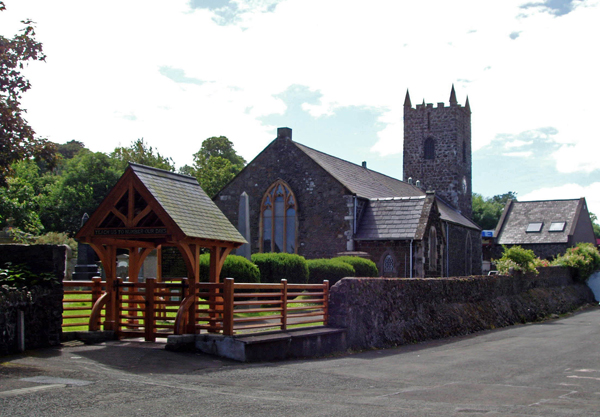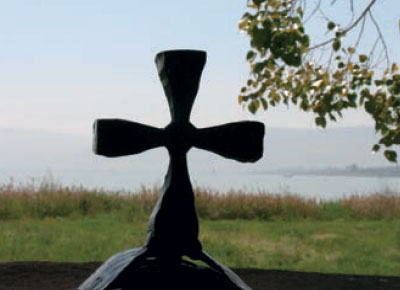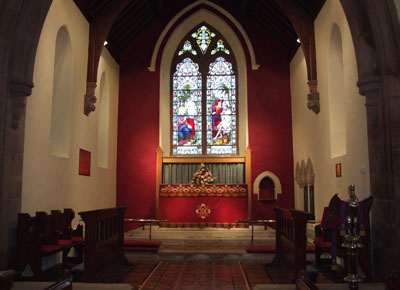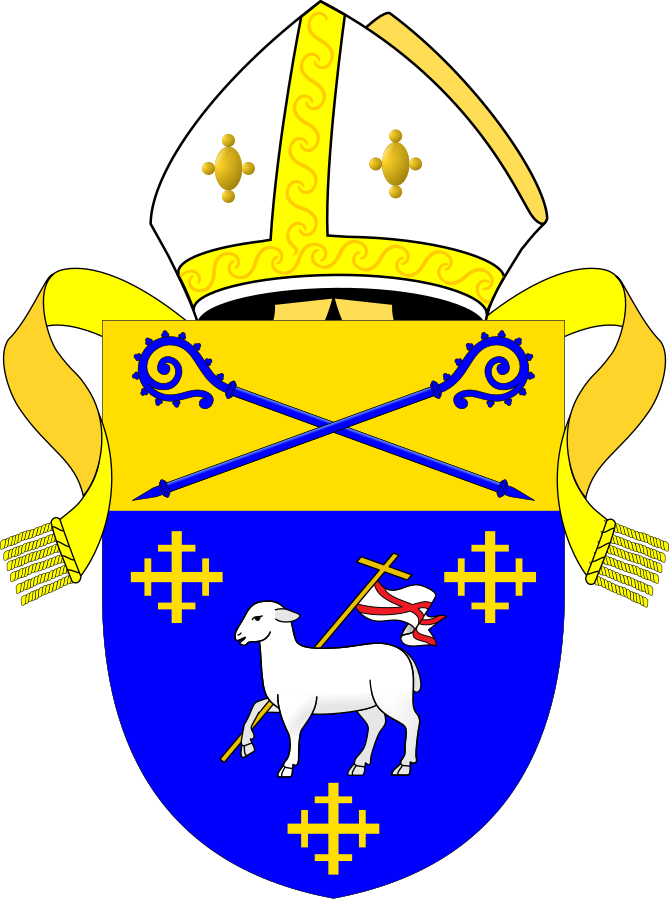Living history as St Cedma’s plants medieval garden for Open Day

St Cedma’s Parish Church Larne will be open to visitors on September 10 as part of European Heritage Open Days.
Beautiful St Cedma’s Parish Church, nestling by the Inver River in Larne, has gone the extra mile in preparation for this year’s European Heritage Open Days.
St Cedma’s will be open on Sunday September 10 from 12.30pm to 6pm. Visitors will not only get an opportunity to look around the church, which is in the ancient Parish of Larne and Inver, but can read all about its history in a brochure published especially for the occasion.
The parish has also created a new medieval-style medicinal herb and flower garden displaying some of the local herbs and plants that would have been used to treat the sick and ailing during the 15th century by the 3rd Order of Franciscians. Details of how herbs and plants were used are on display at the garden.
Christians have worshipped in the area for nearly 1500 years. Cedma, also identified as ‘Setna,’ was the father of St Comgall, who was born in 517 AD in nearby Magheramorne, and who founded the famous monastery at Bangor, Co Down.
Cedma was a Pictish warrior and it is believed that he was a pagan spiritual leader before his conversion to Christianity, which may be attributed to St Patrick’s visitation to the area in the late 5th century.
In the 6th century the Chapel of the Augustinian Friars, Invermore, was also sited in the area and later, in the 15th century, the 3rd Order of Franciscians, made up entirely of laymen and women engaged in hospital work and teaching, was located there.
Part of the present church building is Norman in origin, built circa 1350 on the former monastic site.
The new illustrated guide to the church, which is now available for visitors, provides intricate details about the building, especially two windows from the late 1920s designed by Wilhelmina Geddes. Other adorning features, such as the chancel encaustic tiles, can be attributed to the skills of the Victorian Architect Samuel P Close, who, in the late 1870s, undertook major renovation work to the church.
A further separate guide to the ancient church graveyard is also available and provides the visitor with a brief tour of the cemetery, which was used by all, irrespective of conviction, until closure in 1870. The oldest named gravestone, to the memory of James Murdoch, dates from 1677.
Tea and biscuits will be available in the adjacent church hall where beautiful handmade quilts, made by the Parish Piecemakers, will be on display. All are most welcome to St Cedma’s Church on this special open day, admission is free. Donations towards refreshments and church guides will be welcomed.
St Cedma’s is just one of many Diocese of Connor Churches taking part in the European Heritage Open Days. To see which churches are opening their doors as part of this initiative, download the European Heritage Open Days 2017 brochure.
© Copyright The Church of Ireland Diocese of Connor 2024 | Web Design by LD2.digital






